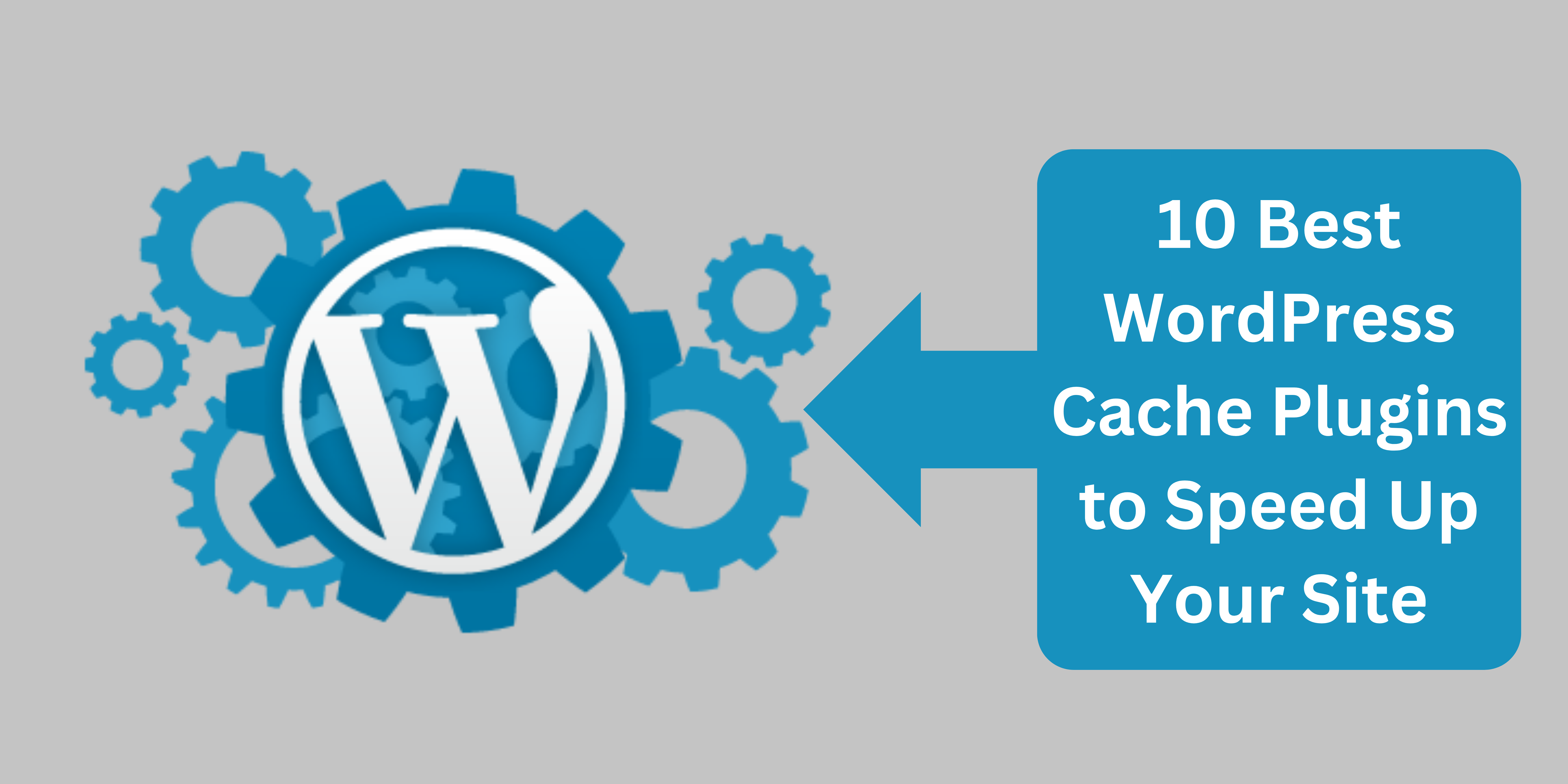7 Essential Strategies To Improve Medical Appointment Scheduling Services And Increase Efficiency


For healthcare contact center service providers, patient scheduling can be a time-consuming and complex process. From ensuring enough staff to handle the influx of patients to making sure each patient has an accurate appointment time, there are many factors to consider to ensure a smooth and efficient process.
It’s no surprise that the healthcare industry is under enormous pressure to improve patient outcomes while reducing costs. One of the most effective approaches is to improve patient scheduling and increase efficiency. This blog post will examine seven essential strategies you can explore and implement. By implementing these strategies, you’ll be able to create a more efficient system for medical appointment scheduling services that leads to better patient outcomes.
So, without further ado, let’s dive into the essential strategies for improving patient scheduling and increasing efficiency.
Benefits of an Efficient Patient Scheduling System
An efficient patient scheduling system can offer several benefits for patients and healthcare providers. For patients, an efficient scheduling system can mean shorter wait times, more accurate appointment times, and greater convenience. For healthcare providers, an efficient scheduling system for medical appointment scheduling services can lead to increased productivity, reduced costs, and improved patient satisfaction.
An efficient patient scheduling system can help improve patients’ quality of care. When appointments adhere to schedules and wait times reduce, patients can receive the care they need on time. As a result, healthcare outcomes and patient satisfaction can improve.
An efficient patient scheduling system can also reduce the cost of care. When appointments go according to plan, there is less need for last-minute cancellations or rescheduling. By reducing costs, healthcare providers can save time and money.
Improved efficiency in patient scheduling can also lead to greater productivity for healthcare providers. When appointments flow smoothly, providers can see more patients daily. It can result in shorter patient wait times and improved patient satisfaction.
Strategies to Improve Medical Appointment Scheduling Services
1. Automate the Scheduling Process
The first step to improving your medical appointment scheduling services is to automate the process. Many software programs can help you do this and can be a great time-saver. Once you have chosen a program, set it up to automatically generate appointment reminders for your patients. As a result, they will remember to come in for their appointments, and you will have more time to do other things.
In addition to setting up automatic reminders, consider using an online scheduling system. You will save time by allowing your patients to schedule their appointments. Again, many different systems are available, so choose one that will work well for your practice.
Once you have automated your scheduling process, take some time to review it periodically. Make sure that everything is running smoothly and that there are no errors. If you find any problems, fix them immediately so your patients can continue enjoying the benefits of an efficient scheduling system.
2. Streamline Communication
Patient scheduling can be complex and time-consuming, but some essential strategies can help streamline communication and increase efficiency.
One of the essential things is establishing clear communication lines between the scheduling and clinical staff. Keeping everyone in the loop and notifying them of vital information will ensure everyone is on the same page. Another critical strategy is to use technology to automate as much of the scheduling process as possible. Reducing errors and freeing up time can benefit both parties.
Finally, staying organized and keeping detailed records of all appointments, cancellations, and rescheduling requests are essential. Scheduling will run smoothly and avoid any potential problems in the future.
3. Utilize Online Appointment Scheduling
See below for a detailed description of how online appointment scheduling can improve medical appointment scheduling services and increase efficiency:
- Utilize online appointment scheduling: Online scheduling can save you and your patients time. In addition, you can reduce the number of phone calls and paperwork you have to complete by allowing patients to schedule their appointments online.
- Communicate with patients regularly: Keep lines of communication open with them so that they are aware of any changes in their appointments or new procedures you may be offering. Your practice will gain trust and confidence as a result.
- Stay organized: Maintain a well-organized schedule to see which patients have upcoming appointments and when they are due. In this way, you can avoid double bookings and overbooking, leading to frustration for both parties.
- Follow up with patients after their visits: Following up with patients after their visits is essential to maintaining good relationships. During this visit, you can also find out if any issues require attention in future visits.
4. Utilize Online Payment Processing
When it comes to medical appointment scheduling services, one of the most crucial things you can do to improve efficiency is to utilize online payment processing. It will save you time and energy by allowing patients to pay online for their appointments.
There are several ways to set up online payment processing for your practice. One option is to use a third-party service like PayPal or Stripe. Another option is to set up a system where patients can pay directly through your practice’s website.
Whichever method you choose, make sure you take the time to set up online payment processing conveniently for you and your patients. Once you have it up and running, you’ll be stunned at how much easier it is to manage your patient scheduling and keep your practice running smoothly.
- Implement Self-Scheduling Tools
Today’s patients are used to having a lot of control over their lives. They book travel, make restaurant reservations, and manage their finances. So why should scheduling their medical appointments be any different?
Self-scheduling tools give patients the power to choose their appointment times within the parameters set by the practice. The result is that patients no longer need to play phone tag with staff or juggle conflicting schedule requests, which can relieve staff of a lot of stress.
There are many different self-scheduling tools on the market, so it’s essential to do your research and find one that will fit the needs of your practice. Once you have a self-scheduling system, promote it to your patients! Let them know that they can now schedule their appointments 24/7.
2. Monitor No Shows and Late Arrivals
To improve medical appointment scheduling services and increase efficiency, you first need to keep track of no-shows and late arrivals. Then, if any patterns disrupt your schedule, this will help you identify them.
There are a few different ways to monitor no-shows and late arrivals. You can ask your staff to keep track of this information manually or use software that automatically tracks this data for you.
Once you understand when no-shows and late arrivals are happening, you can start to look for patterns. For example, maybe there’s a particular day of the week when most no-shows happen, or there’s a specific time when appointments are more likely to be missed.
Once you’ve identified any patterns, you can implement strategies to reduce the number of no-shows and late arrivals. For example, if you notice that most no-shows happen on Mondays, you could send out reminder emails or texts over the weekend so that patients are more likely to remember their appointment.
Monitoring no-shows and late arrivals are essential to improving patient scheduling and increasing efficiency. In addition, by taking the time to understand when and why these disruptions occur, you can use strategies to minimize them in the future.
3. Use AI to Help Manage Appointments
The appointment scheduling process is one of the most important, and often one of the most challenging, aspects of running a successful medical practice. Therefore, it is imperative to have an efficient and effective system for managing appointments to provide the best possible care to patients.
One way to improve the efficiency of the appointment scheduling process is to use artificial intelligence (AI) to help manage appointments. AI can automate many tasks involved in appointment scheduling, such as sending reminders to patients and checking for conflicts with other appointments. AI can also help to identify patterns in patient behavior that help to improve the overall efficiency of the appointment scheduling process.
While AI can be a valuable tool for improving the efficiency of appointment scheduling, it is essential to remember that it should not replace human interaction. Instead, the ultimate goal should be to use AI as a tool to help streamline the process and make it more efficient while still providing the quality care and customer service that patients expect.
Conclusion
We hope these seven essential strategies have given you an idea of improving patient scheduling and increasing efficiency in your practice. From streamlining processes and enhancing communication to taking advantage of automation, implementing these strategies can help healthcare contact center service providers save time, reduce costs, and provide a better patient and staff experience. Investing in the right technology solutions is key to unlocking the potential of efficient medical appointment scheduling services. With the appropriate tools at your disposal, you’ll be able to make sure that every appointment goes as smoothly as possible!









